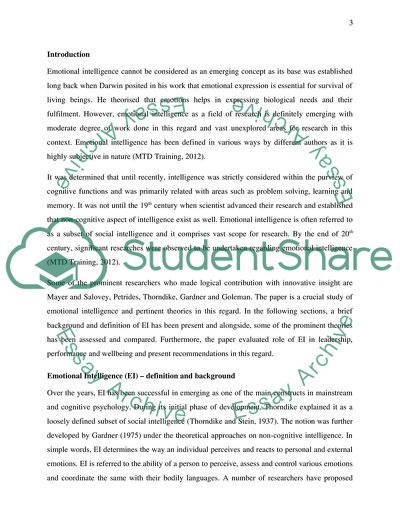Cite this document
(Emotional intelligence and its effects on leading, performance and Essay, n.d.)
Emotional intelligence and its effects on leading, performance and Essay. https://studentshare.org/human-resources/1855508-emotional-intelligence-and-its-effects-on-leading-performance-and-wellbeing-2212
Emotional intelligence and its effects on leading, performance and Essay. https://studentshare.org/human-resources/1855508-emotional-intelligence-and-its-effects-on-leading-performance-and-wellbeing-2212
(Emotional Intelligence and Its Effects on Leading, Performance and Essay)
Emotional Intelligence and Its Effects on Leading, Performance and Essay. https://studentshare.org/human-resources/1855508-emotional-intelligence-and-its-effects-on-leading-performance-and-wellbeing-2212.
Emotional Intelligence and Its Effects on Leading, Performance and Essay. https://studentshare.org/human-resources/1855508-emotional-intelligence-and-its-effects-on-leading-performance-and-wellbeing-2212.
“Emotional Intelligence and Its Effects on Leading, Performance and Essay”. https://studentshare.org/human-resources/1855508-emotional-intelligence-and-its-effects-on-leading-performance-and-wellbeing-2212.


